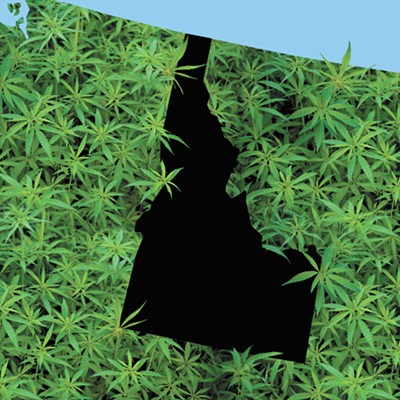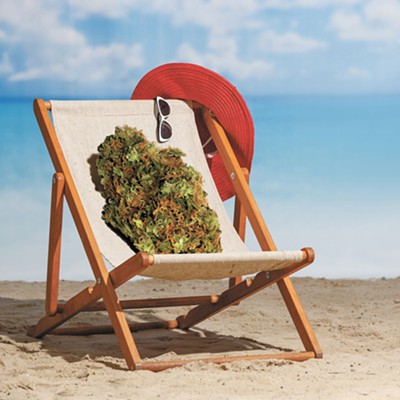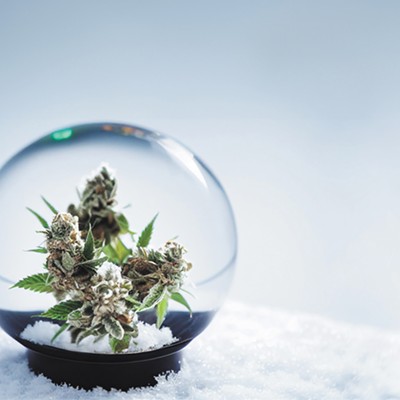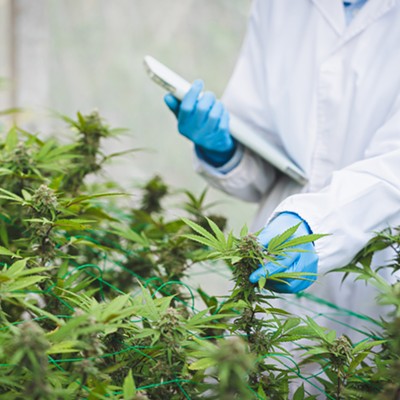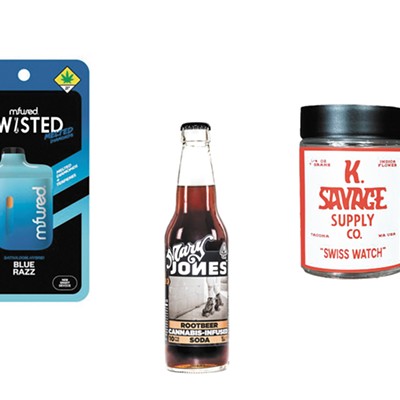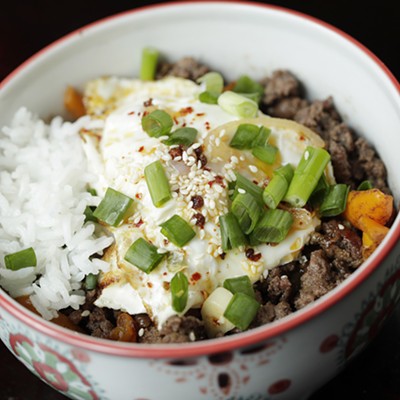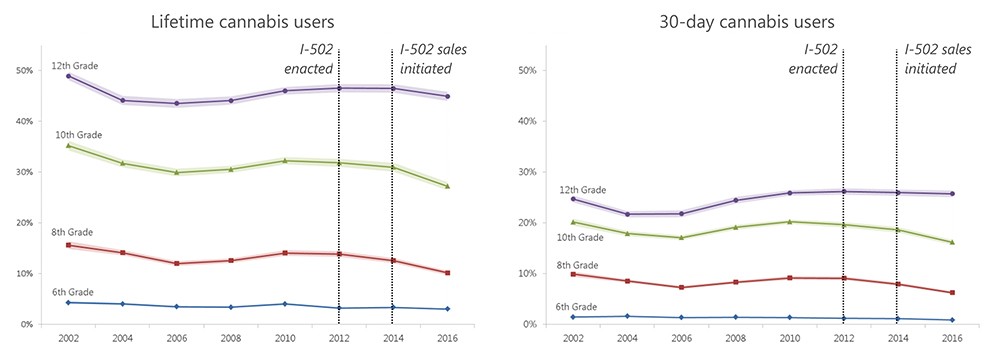
A constant argument for pot prohibition is the concern that recreational weed stores will mean easier access for teenagers. That's among the reasons why Washington's law requires the Washington State Institute for Public Policy (WSIPP) to perform regular cost-benefit analysis of legalization in relation to aforementioned adolescent usage, along with prenatal effects and impaired driving.
Notably, results from the second WSIPP study showed that cannabis usage among the sixth-, eighth-, 10th- and 12th-graders evaluated either remained at the grade's pre-legalization usage rates or decreased since I-502's implementation in 2014. Not only are fewer teenagers using cannabis, but more teenagers said that "cannabis is hard or very hard to get."
WSIPP's lead researcher, Adam Darnell, concluded to the Seattle Times last month that "there's not much evidence I-502 has caused changes in the outcomes we look at."
The 2016 data coincides with a federal study conducted by the National Survey on Drug Use and Health (NSDUH) in 2016 and the Colorado Department of Public Health and Environment's report of 2015 results, which showed that teenagers just are not that into pot.
The NSDUH reported that 6.5 percent of 12-to-17-year-olds nationwide used cannabis on a monthly basis, which is not only down from 2014, but is the lowest number since 1994. The NSDUH stated that "The percentage of adolescents in 2016 who were current marijuana users was lower than the percentages in most years from 2009 to 2014, but it was similar to the percentage in 2015."
The stagnant youth rate is even more interesting when examining the increase of cannabis use by adults at the state and national level. Regular usage in the state of Washington has increased, as has the national average.
"It's not earth-shattering that people were using more of a product they're buying more of," Darnell told the Times.
While the NSDUH study indicated the 20-year low for teens, adult millennials are smoking and consuming cannabis at a 20-year high; 20.8 percent of 18-to-25-year-olds are using monthly, the highest figure since 1985. And it's not just college-debt-burdened young adults; the Centers for Disease Control and Prevention found in 2014 that 35-to-44-year-olds were more likely to use marijuana regularly (8 percent) than their teenage counterparts (7.4 percent). ♦




